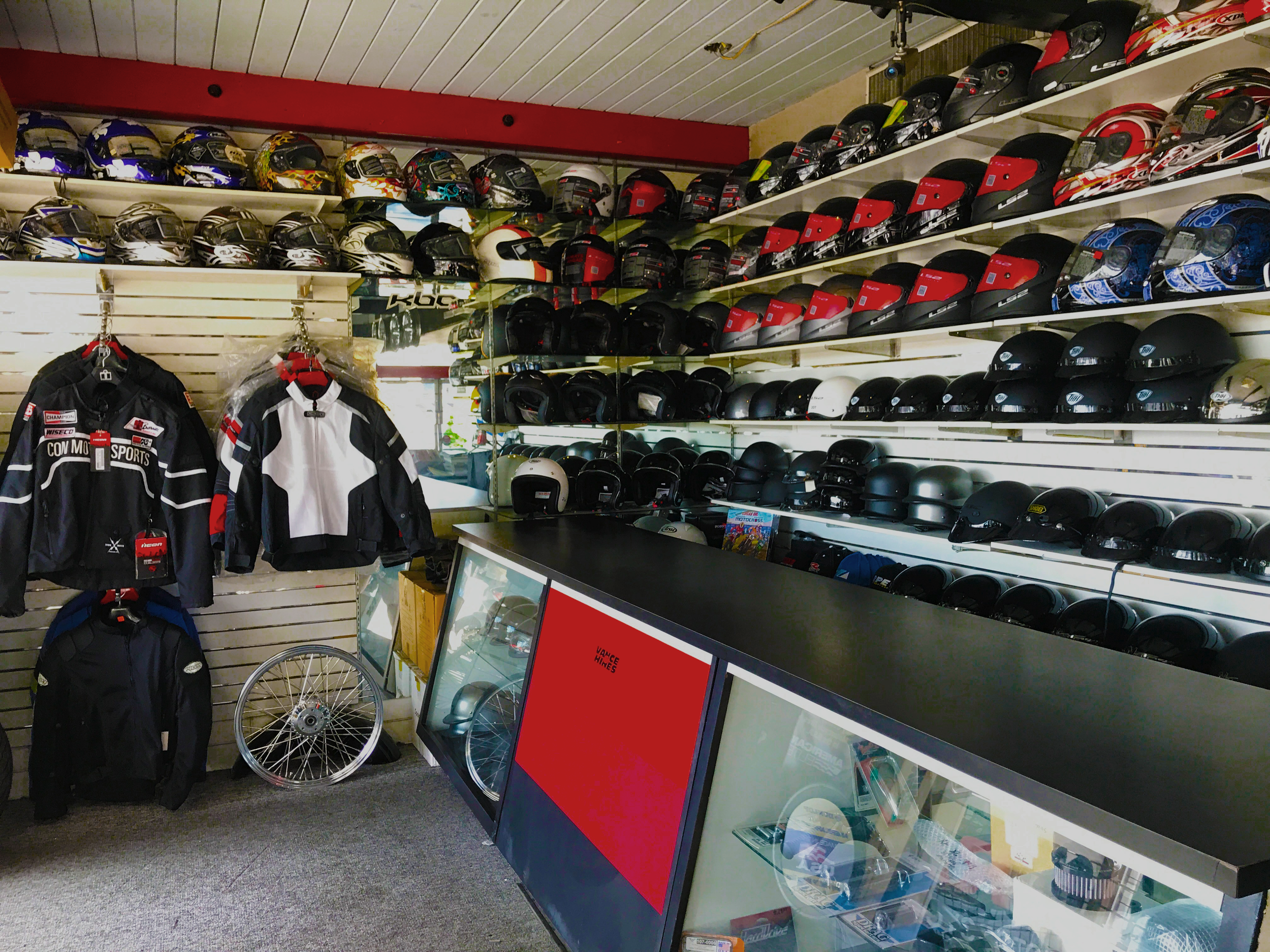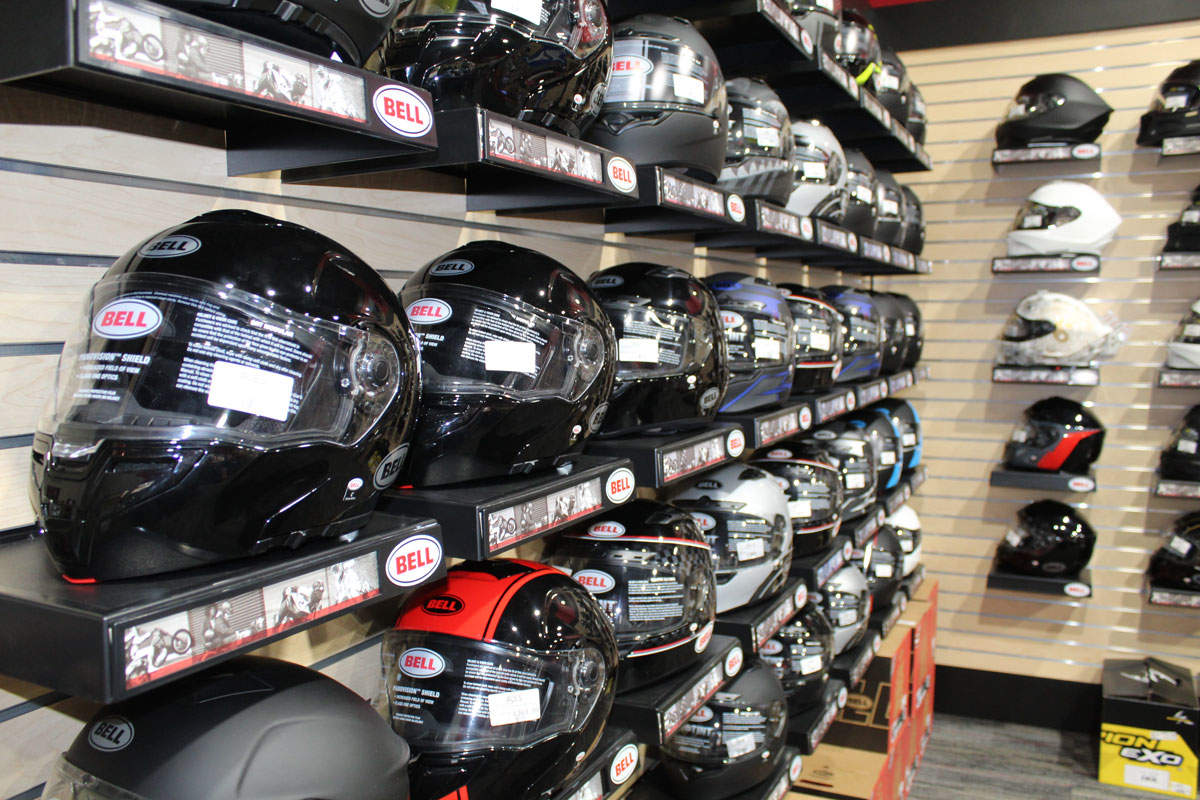Comprehending the Crucial Parts of a Motorbike: A Comprehensive Overview for Lovers
For motorcycle enthusiasts looking to boost their riding experience and guarantee their bikes run efficiently, understanding the important parts of a bike is extremely important. Each component, from the engine's elaborate operations to the essential duty of the stopping devices, not just influences efficiency yet likewise safety and comfort.
Engine Elements

The camshaft plays a vital role in managing the timing of the engine's valves, guaranteeing the precise opening and closing required for effective gas and air consumption, along with exhaust expulsion. This timing is essential to maintaining ideal engine performance and performance. Additionally, the carburetor or gas injection system, relying on the motorcycle model, is accountable for mixing air with gas in the correct proportion for combustion.
The air conditioning system, either air or liquid-based, functions to maintain the engine's temperature within operational limitations, protecting against getting too hot and making certain durability - mx parts nz. Each component, carefully developed and incorporated, adds to the seamless procedure of the engine, defining the motorcycle's power output and general efficiency
Transmission System
Indispensable to the bike's functionality, the transmission system ensures effective power transfer from the engine to the wheels. This system comprises a number of critical elements, consisting of the clutch, transmission, and last drive, each playing a crucial role in translating the engine's power right into movement. The clutch, typically operated by a hand bar, serves to disengage the engine and engage from the transmission, permitting smooth gear changes and controlled acceleration.
The transmission, commonly described as the transmission correct, has a collection of gears that motorcyclists can by hand shift with to readjust the bike's speed and torque result. These gears are set up in a sequence that enables the motorbike to speed up efficiently and maintain optimum engine efficiency throughout various rates. A lot of motorbikes utilize a consecutive gearbox, calling for the motorcyclist to shift gears in a predetermined order.
Braking Devices
While comprehending the transmission system is crucial to harnessing a bike's power, similarly important is the capability to manage and stop that power successfully, which is where stopping mechanisms come into play. Brakes are important for safety and performance, giving the biker with the needed control to navigate different surfaces and conditions. Typically, motorcycles include 2 kinds of stopping systems: disc brakes and drum brakes.
Disc brakes are much more widespread in modern-day bikes because of their premium performance. They consist of a brake disc, caliper, and pads. When triggered, the caliper squeezes the brake pads versus the rotating disc, converting kinetic power into warm, consequently slowing the wheel. This system supplies better heat dissipation, regular efficiency, and improved quiting power, especially in wet conditions.
On the other hand, drum brakes, though less usual, are still discovered in some motorbikes. They function by pressing brake shoes versus the internal surface of a drum attached to the wheel. While typically much less efficient in warmth dissipation and stopping power, drum brakes are less complex and much more affordable.
Comprehending these stopping systems' nuances enables motorcyclists to keep their motorcycles effectively and appreciate the design that makes sure secure and efficient quiting.
Suspension and Guiding
Suspension and steering systems are important components that significantly influence a bike's handling and ride convenience. The shock absorber, including forks at the front and shock absorbers at the back, takes in roadway abnormalities, improving stability and control. Front forks, generally telescopic or inverted, compress and rebound to mitigate impacts, while back shock absorbers maintain tire call with the road, essential for grip and safety and security.
Guiding, focused around the handlebars, links the cyclist to the motorbike's directional control. The steering head bearings make sure smooth procedure, allowing exact ability to move. Correct placement and maintenance of these bearings are important for foreseeable guiding action and lowering rider tiredness.
The suspension's adjustability is an additional critical element; preload, damping, and rebound settings permit customization to fit numerous riding conditions and designs. This breakaway throttle lock flexibility is necessary for optimizing efficiency, whether navigating urban roads or dealing with rugged trails. Advancements like electronic suspension systems provide real-time adjustments, boosting experience high quality across diverse surfaces.

Electric Solutions
After making sure a regulated and smooth trip via effective suspension and guiding systems, attention turns to the electrical systems, an essential element of modern-day motorbikes. These systems play a crucial role not just in starting the engine yet likewise in powering numerous parts that boost the performance and safety and security of the motorbike.
At the heart of a motorcycle's electric system is the battery, which stores electrical energy required for beginning the engine and powering complementary systems - motorcycle shop. The alternator or generator, coupled with the rectifier-regulator, guarantees the battery continues to be billed while the motorbike functions, transforming mechanical energy into electric power and keeping voltage degrees
The ignition system, an additional critical component, is accountable for igniting the air-fuel blend in the engine's cylinders. Modern motorcycles frequently utilize a digital ignition system, offering greater efficiency and reliability contrasted to standard systems.
Lighting systems, consisting of fronts lights, tail lights, and indicators, are also important, making certain visibility and safety and security for the biker. Extra digital elements such as sensing best waterproof motorcycle trousers units, control systems, and presents add to sophisticated functions like fuel injection management, anti-lock stopping systems (ABDOMINAL MUSCLE), and digital control panels, further boosting the riding experience.
Verdict
A thorough comprehension of a bike's vital components, including the engine, transmission system, stopping systems, suspension, guiding, and electric systems, is indispensable for lovers aiming to maximize comfort, performance, and safety. Mastery of these elements enables educated decisions regarding maintenance and upgrades, inevitably enhancing the riding experience. By incorporating this understanding, riders can ensure their motorbikes run at peak performance and integrity, thereby making best use of both satisfaction and durability of their automobiles.
For motorcycle lovers looking to raise their riding experience and guarantee their bikes run smoothly, comprehending the necessary components of a motorcycle is paramount.Important to the motorcycle's functionality, the transmission system makes certain reliable power transfer from the engine to the wheels.While comprehending the transmission system is crucial to harnessing a bike's power, just as important is the ability to control and quit that power effectively, which is where stopping systems come into play. Usually, motorbikes include two kinds of stopping systems: disc brakes and drum brakes.
An extensive comprehension of a bike's necessary elements, including the engine, transmission system, stopping systems, suspension, guiding, navigate here and electrical systems, is vital for lovers aiming to optimize efficiency, security, and convenience.